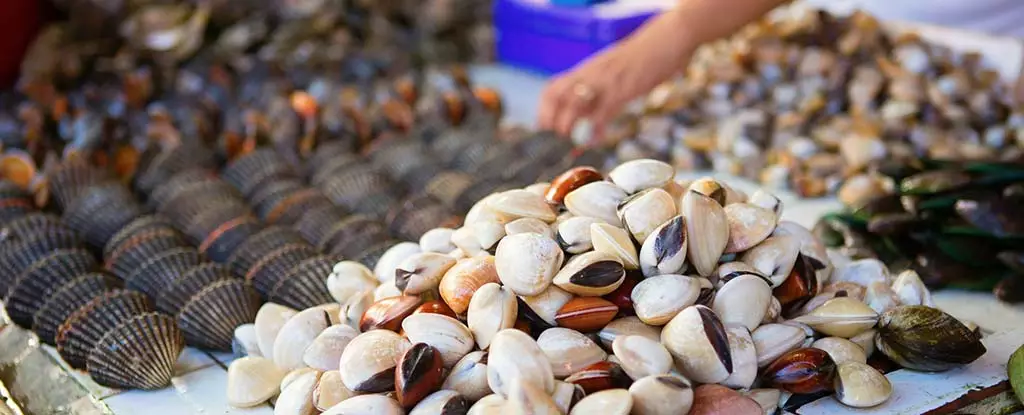The Philippines, an archipelago known for its rich marine biodiversity, is recognized globally as the 11th largest producer of seafood, contributing over four million tonnes to the world market annually. This thriving industry offers livelihoods to countless coastal communities, playing a critical role in the country’s economy and food security. However, beneath the surface of this flourishing sector lies a growing concern: the toxic potential of certain marine organisms that could threaten both health and livelihoods.
Among the myriad of marine organisms that inhabit the region, diatoms—a form of single-celled algae—are particularly significant. These microscopic entities produce intricate glass-like shells from hydrated silicon dioxide and are a vital component of the marine food web. Diatoms are not only crucial for sustaining marine life but are also responsible for producing an estimated 50% of the Earth’s oxygen. Despite their ecological importance, some diatom species are not benign; they can produce harmful substances such as domoic acid, which poses severe health risks to both marine life and humans who consume contaminated seafood.
Domoic acid is a neurotoxin that can accumulate in various marine species, particularly those with diets comprised largely of diatoms, such as shellfish, sardines, and anchovies. While instances of contaminated seafood reaching consumers are rare due to stringent monitoring protocols, the recent increase in harmful algal blooms—attributable in part to human-induced changes in marine environments—has heightened the risks. Scientific studies have shown that exposure to domoic acid can lead to a range of health issues, from gastrointestinal problems to severe neurological disorders, including memory loss and in some tragic cases, death.
The concerns over domoic acid became starkly evident during the catastrophic outbreak of amnesic shellfish poisoning in Canada in 1987, which resulted in fatalities and long-term health implications for survivors. Such incidents underscore the necessity for increased vigilance and monitoring within seafood industries globally.
Recent research conducted by teams from Ateneo de Manila University and Universiti Malaysia Sarawak uncovered alarming results concerning the presence of harmful diatom species in Philippines waters. Their investigations revealed the existence of the toxic-producing diatoms Pseudo-nitzschia pungens and Pseudo-nitzschia brasiliana in shellfish samples collected from marine farms around Luzon, a region densely populated and heavily reliant on seafood.
This study marks the first instance of P. brasiliana being identified in Luzon waters, particularly in Pagbilao Bay. The presence of these species raises questions about the frequency and distribution of algal blooms in the region. The authors indicate that monitoring must grow in tandem with these developments to protect local communities that depend on the seafood trade.
The troubling findings highlight an urgent need for enhanced monitoring and response strategies to safeguard public health and the economic stability of coastal communities. The detection of these dangerous algal blooms necessitates a collaborative approach involving local authorities, scientific institutions, and the seafood industry. Engaging and educating local communities about these risks, as well as establishing monitoring protocols, could mitigate the potential impacts on health and livelihoods.
Moreover, sustainable practices aimed at reducing nutrient pollution—a major driver of harmful algal blooms—should be prioritized. This involves regulating runoff from agriculture, improving waste treatment, and promoting responsible fishing practices. By addressing the root causes of nutrient enrichment in marine ecosystems, the risk of future algal blooms can be decreased, ensuring a safer seafood supply.
The thriving seafood industry of the Philippines, while immensely valuable, faces substantial challenges from the burgeoning presence of toxin-producing diatoms. The discovery of Pseudo-nitzschia species within local waters prompts critical reflection on marine health, food safety, and community welfare. As the country navigates these turbulent waters, prioritizing research, monitoring, and sustainable practices will be essential to ensuring that both the ecosystem and the people relying on it remain healthy and thriving.

